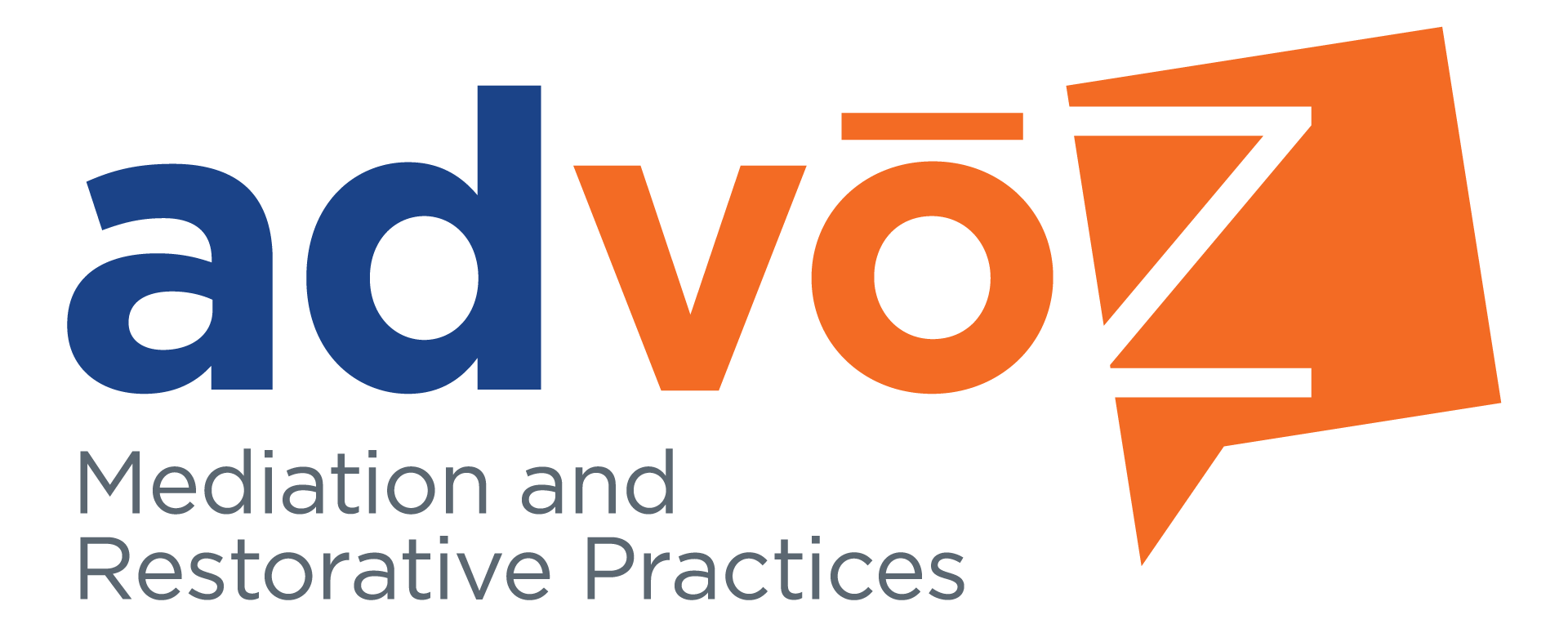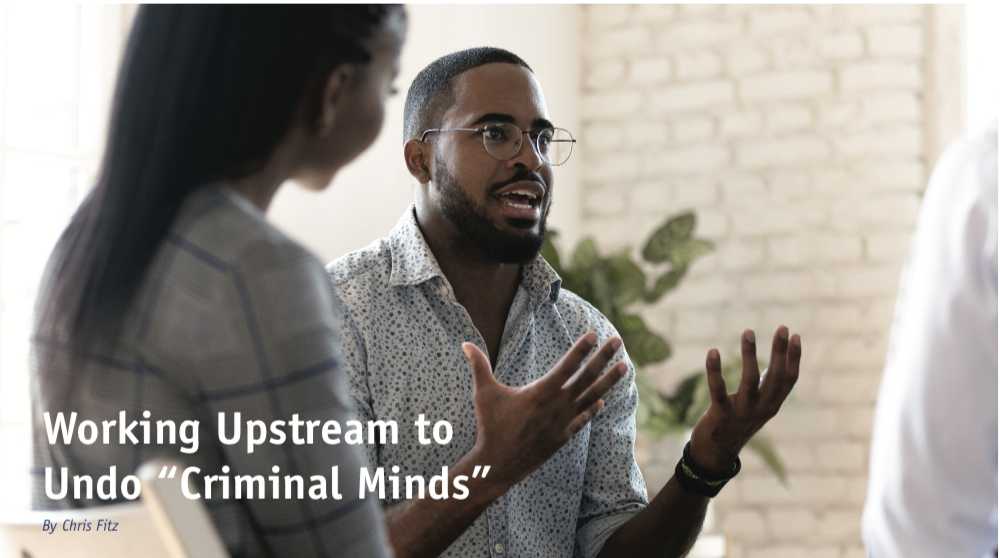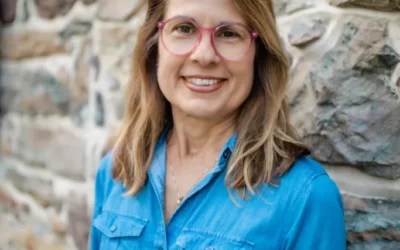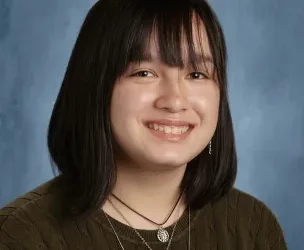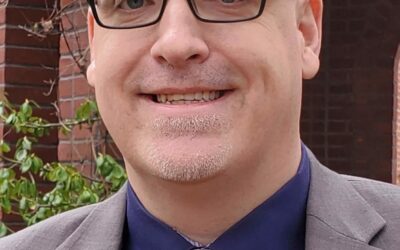By Chris Fitz
“Matthew” was only 13 years old. But this wasn’t his first run-in with the law. In our meeting, he fluently relayed the ways that adults in his neighborhood called the police about him—and how those complaints added up. He used terms like “complaint,” “allegation” and “charges.” A sort of “criminal minds,” to borrow the hit TV series title, has infected this boy—and the world around him—without his permission. Growing up White on my family’s farm, I had the privilege of never personally facing those terms. But in this introductory restorative session, Matthew, a young, bright African American telling his story about a trespass-turned-probation, reminded me of why we do what we do at Advoz—to change the way our community handles conflict.
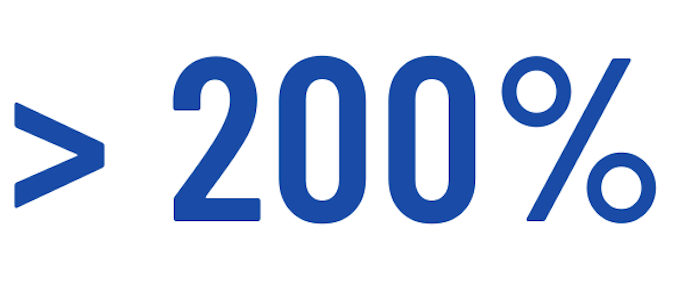
Nearly two-thirds of the referrals for Advoz’s juvenile restorative justice services are for young people of color, generally African American or Latino/a/x. Those young people, like Matthew, often already have a bruising exposure to law enforcement and the legal system. Research shows that this exposure—and often traumatic experiences resulting from it—could hinder their health, education, employment and income for life. And likelihood in Lancaster County for our youth of color to experience the legal system is more than 200% compared to their White counterparts. This is why Advoz is working with community partners to chart a new path.
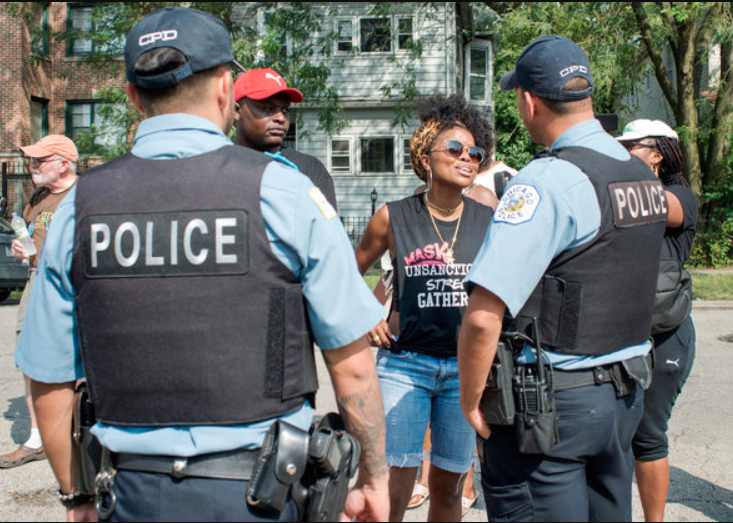
Conflict is natural, and yet, how it unfolds and creates harm is something we can change. Advoz’s restorative justice program provides an opportunity to address harm after it happens. Our mediation and training programs work further “upstream,” to address conflict before it creates undue harm and becomes “crime.” Advoz recently began involvement in the Crisis Intervention Training for police in Lancaster County, clarifying for officers how referring disputing parties to Mediation benefits our community in the short term and the long run. We’ve now met with more than five police departments exploring how they can avert unnecessary criminalization and create win-win’s for conflicting parties and the wider community.
But “Matthew” also caused harm. And face-to-face, I recently facilitated a conversation between him and the property owner he had scared in that illicit trespass with his friends. He was able to apologize and hear the fear and damage he caused. And the property owner was able to understand Matthew’s situation and see how it was becoming a learning opportunity. Afterward, the owner—who also knew Matthew— sent us this note, shared by permission:
“Programs like this are the reason I chose to file the report. I was hoping there would be some type of intervention that resulted in the youth receiving help and encouraging better choices in the future. Thank you for involving me.”
This person harmed—and healed—is thanking you too. Each of you who supports this work is helping us handle conflict differently, restoratively and collaboratively rather than punitively. And that support is helping us to go beyond this already powerful paradigm, to work upstream with the partners in our community’s systems, to de-criminalize hearts and minds, in and outside of the justice system. Step by step, we are working toward a world in which Matthew’s children and the next generation won’t imagine themselves as teenage criminal candidates, but as fellow facilitators, healers and leaders of a mind-full community.
